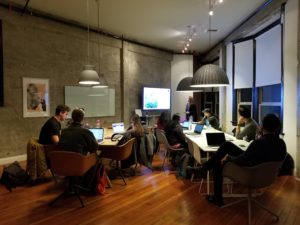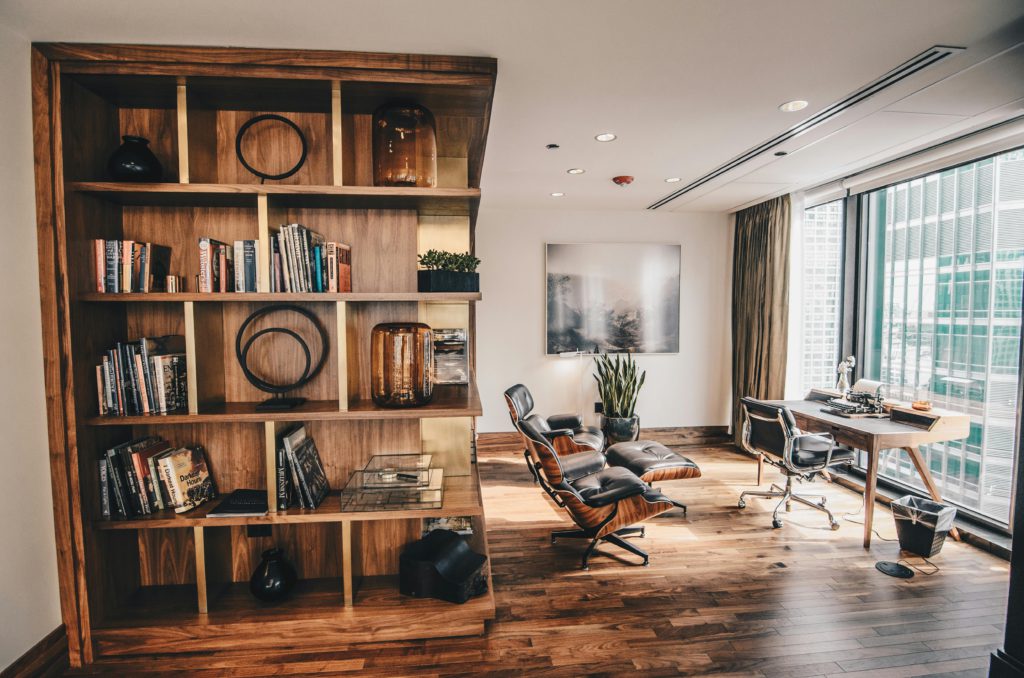In today’s dynamic business landscape, diversity and inclusion are no longer optional; they are the foundation of a thriving workplace. Companies increasingly recognise the value of a diverse workforce, not just in terms of social responsibility but also in driving innovation, creativity, and success. This article will explore the imperative of diversity and inclusion in the workplace and practical strategies, including considerations for office fit-outs in Melbourne.
The Business Case for Diversity and Inclusion
Before delving into strategies, it’s essential to understand why diversity and inclusion are critical in the workplace. Multiple studies and real-world examples have highlighted the tangible benefits:
- Innovation: Diverse teams bring together varied perspectives, leading to innovative solutions and ideas.
- Enhanced Decision-Making: Diverse groups make better decisions as they consider a broader range of perspectives and potential outcomes.
- Talent Attraction and Retention: Inclusive workplaces attract top talent and retain employees who feel valued and supported.
- Customer Insights: A diverse workforce can better understand and connect with a diverse customer base, improving customer relations.
- Market Competitiveness: Companies with diverse leadership tend to outperform competitors and adapt more effectively to changing markets.
Effective Workplace Strategies for Diversity
Achieving diversity and inclusion in the workplace involves more than good intentions; it requires a strategic approach. Here are key strategies to consider:
1. Leadership Commitment
Leaders must champion diversity and inclusion efforts. This starts with setting a clear vision, allocating resources, and holding leaders accountable for progress.
2. Diversity Recruitment
Develop proactive diversity recruitment strategies—partner with organisations and platforms focusing on diverse talent pools and implementing blind hiring practices to reduce bias.
3. Inclusive Workplace Culture
Create an inclusive culture that values differences. Implement policies and training programs that promote respect, empathy, and open communication.
4. Employee Resource Groups (ERGs)
Establish Employee Resource Groups or affinity networks that give underrepresented employees a sense of belonging and support.
5. Mentoring and Sponsorship Programs
Implement mentoring and sponsorship programs to support diverse employees’ career development and advancement opportunities.
6. Regular Diversity and Inclusion Training
Offer regular diversity and inclusion training to educate employees about unconscious bias and microaggressions.
7. Performance Metrics
Set clear diversity and inclusion metrics and regularly track progress. Share the results transparently and adjust strategies as needed.

8. Flexible Work Arrangements
Consider flexible work arrangements, including remote work, to accommodate diverse employee needs and lifestyles.
9. Feedback Mechanisms
Establish feedback mechanisms where employees can voice concerns, suggest improvements, and report instances of discrimination.
10. Office Design and Fit-Out
Office design is crucial in fostering a diverse and inclusive workplace culture. Regarding office fit-outs in Melbourne, there are specific considerations to consider.
Office Fit-Outs in Melbourne: Enhancing Inclusivity
Melbourne is a vibrant city known for its diverse population and thriving business community. When planning an office fitout Melbourne, companies have a unique opportunity to enhance inclusivity through design. Here are some considerations:
1. Accessible Spaces
Ensure the office layout is accessible to all employees, including those with disabilities. Incorporate features like ramps, elevators, and adjustable desks.
2. Flexible Workstations
Provide a variety of workstations to cater to different work styles and preferences. Offer standing desks, quiet zones, and collaborative spaces to accommodate diverse needs.
3. Cultural Sensitivity
Consider the cultural backgrounds of your employees when designing the workspace. Create spaces that respect and reflect the diversity of your workforce.
4. Inclusive Restrooms
Include gender-neutral and accessible restrooms to accommodate all employees comfortably.
5. Wellness Spaces
Design wellness spaces that cater to mental and physical well-being. Offer meditation rooms, fitness areas, and spaces for nursing mothers.
6. Quiet Spaces
Create quiet spaces where employees can concentrate or have private conversations when needed.
7. Natural Light and Greenery
Maximise natural light and incorporate indoor plants to create a pleasant and inclusive environment.
8. Technology Accessibility
Ensure that technology is accessible to all employees, including those with visual or auditory impairments.
The inclusion imperative is clear: diversity and inclusion are not just ethical principles but essential elements of a successful and competitive workplace. An effective workplace strategy for diversity involves leadership commitment, recruitment practices, inclusive culture, and regular evaluation of progress. When planning office fit-outs in Melbourne, businesses should seize the opportunity to create an inclusive environment that reflects the city’s diversity and enhances employee well-being and productivity. Ultimately, embracing diversity and fostering inclusivity is a journey that requires ongoing dedication, but the rewards are well worth the effort.

